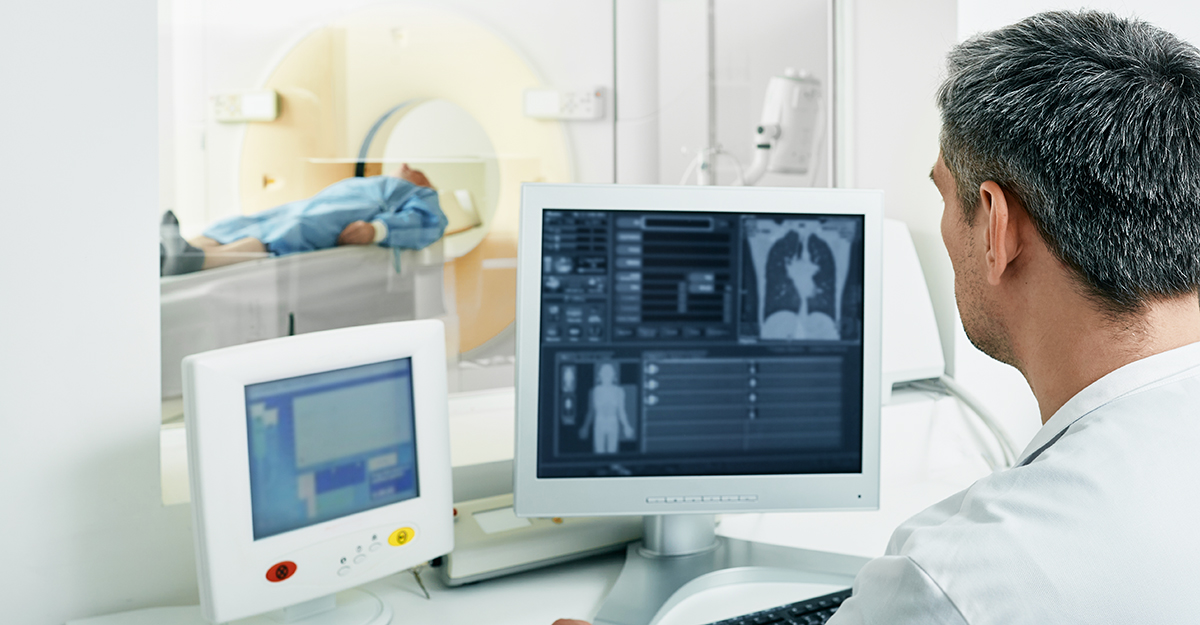About one out of ten CT lung screening exams will find something in the lung that may require additional imaging or evaluation. Most of the time these findings are lung nodules.
Lung nodules are very small collections of tissue in the lung. These nodules are very common, and the vast majority— more than 97 percent—are not cancer (benign). Most are normal lymph nodes or small areas of scarring from past infections.
Less commonly, lung nodules are cancer. If a small lung nodule is found to be cancer, the cancer can be cured more than 90 percent of the time. That is why we are screening you.
To distinguish the large number of benign (noncancerous) nodules from the few nodules that are in fact cancer, we may need to get more images before your next yearly screening exam. If the nodule has suspicious features (for example, it is large, has an odd shape or grows over time), we will refer you to a specialist for further testing.

